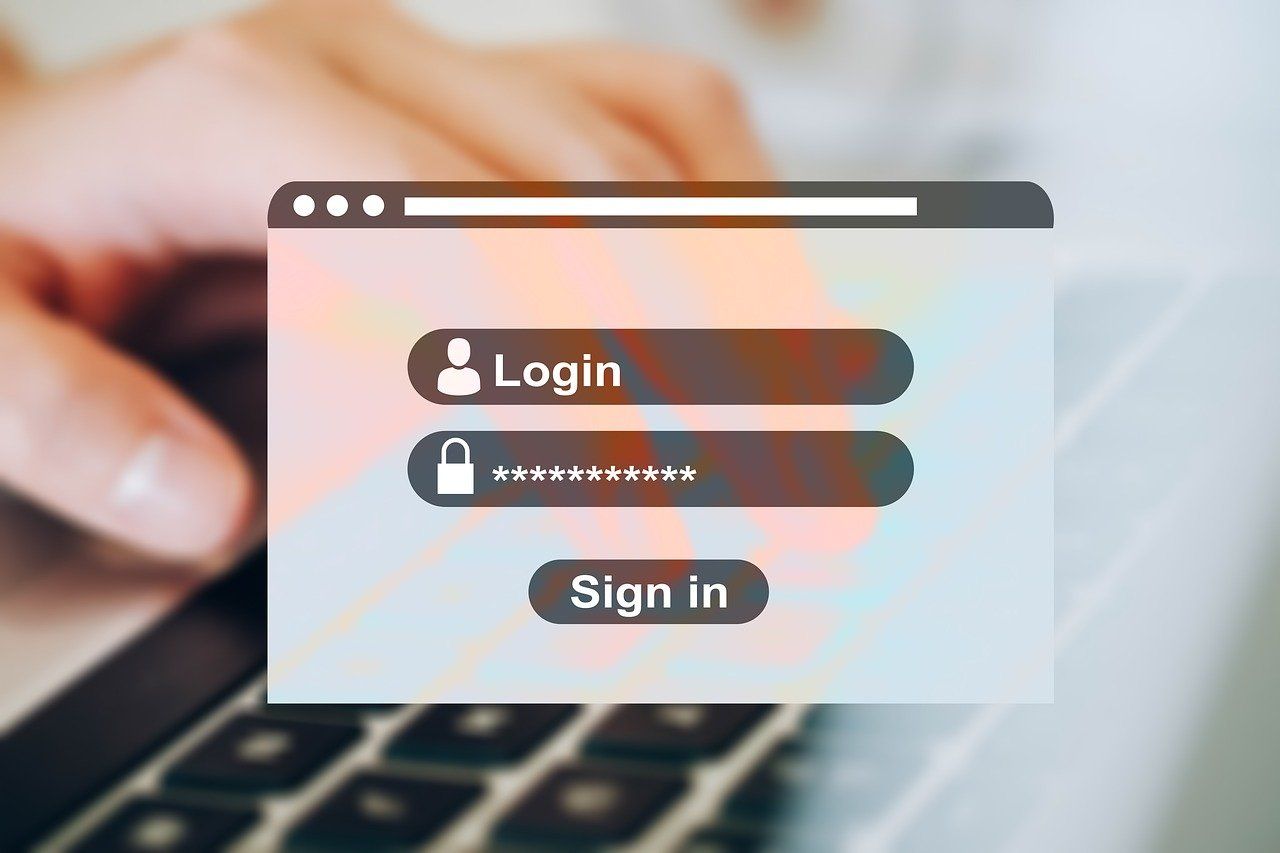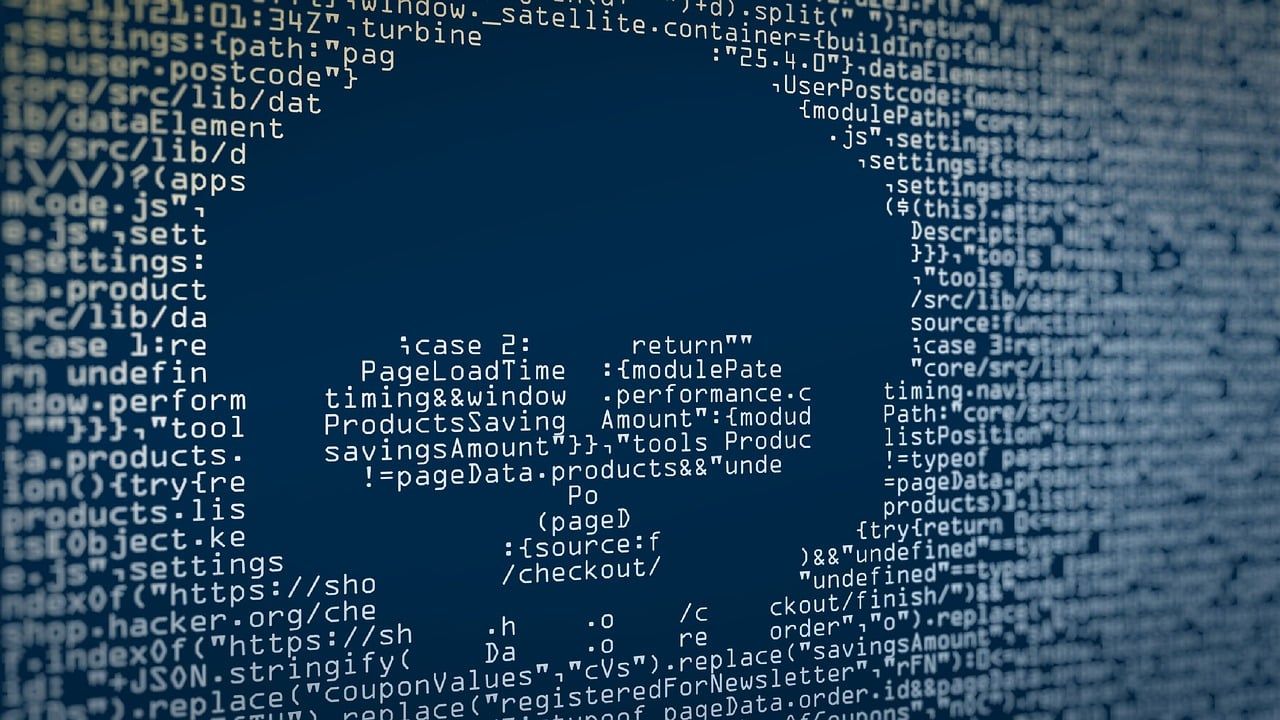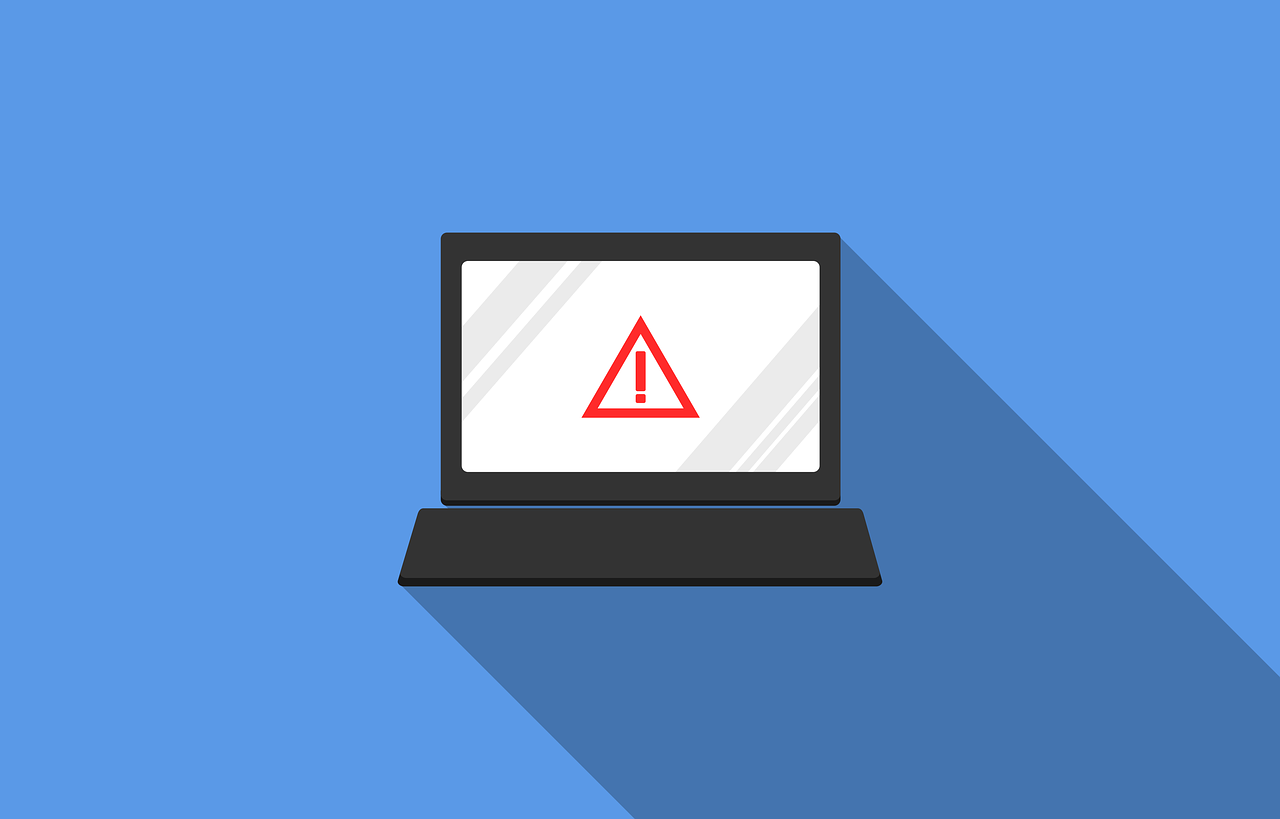Top 6 Cybersecurity Risks for Businesses
August 16, 2022

Cybercriminals can take advantage of various vulnerabilities in your company. Patching them up is crucial to protecting your reputation.
Taking your cybersecurity seriously is essential regardless of your organization. Otherwise, criminals can easily halt your operations.
Take the University of Sunderland as an example.
At first, it seemed like they had a standard IT issue that they would quickly resolve. But they soon realized that they were a victim of a cyberattack.
As a result, the university had to cancel all its online classes. Its employees also had trouble accessing emails. Their telephone lines and website also went down.
It was a significant setback, as the university couldn’t resume its activities.
This proves that even academic institutions have vulnerabilities in their cybersecurity systems, leaving them open to attacks.
Your business might have similar vulnerabilities.
But the main difference is instead of just disruptions to your operations, such attacks and loss of access to emails can cost you thousands of dollars and entail legal ramifications.
Therefore, you need to check for weaknesses in your solutions regularly. And this article will share what you should look out for.
THE SIX VULNERABILITIES
VULNERABILITY #1 - LACK OF ENDPOINT DEFENSES
Many enterprises fail to set up endpoint defense mechanisms such as antivirus tools. This means their organizations are more susceptible to cyberattacks, allowing targets to easily access their servers.
Another problem is inadequate endpoint defenses. Several factors can turn them into vulnerabilities, including the use of signature-based antivirus platforms. They’re no longer efficient since many tech-savvy criminals can quickly bypass them.
Additionally, many programs don’t monitor unexpected or unusual behavior. They may also be unable to investigate or respond to endpoints, especially on larger scales.
The best way to address these issues is to invest in cutting-edge endpoint defense tools that involve next-generation antivirus, response, and behavioral analysis capabilities. They provide a comprehensive evaluation of malicious actions and flexible prevention options.
If you’re operating a traditional antivirus platform, consider upgrading it to a version with in-depth behavioral inspections. You could also use detailed compromise indicators, forensic details, and real-time response functionality.
VULNERABILITY #2 - POOR ACCOUNT PRIVILEGE CONTROL

Limiting the access privileges of your software users is the tenet of controlling vulnerabilities. The less information they can access, the less harm they can do if they have a compromised account.
The problem comes if your company doesn’t control your user account access, enabling practically any user to have administrator-level privileges. It gets even worse if your configuration allows unprivileged members to set up admin-level accounts.
Therefore, you should grant access only to those team members who can’t carry out their duties without the access.
You also need to ensure new accounts don’t have administrator-level access. This helps prevent less-privileged users from creating additional privileged accounts.
VULNERABILITY #3 - COMPROMISED OR WEAK CREDENTIALS
Your password and username may be the most widely used access credentials. And cybercriminals can easily compromise them, exposing your user credentials.
This usually happens when an unsuspecting team member falls victim to phishing and enters their login information on a fake website. And with compromised credentials, an intruder gains insider access.
Even though analyzing and monitoring can help identify malicious activity, these credentials can bypass security and impede detection. The consequences vary, depending on the access they provide.
For example, privileged credentials offer administrative access to systems and devices, posing a higher risk than consumer accounts.
Keep in mind that humans aren’t the only ones who own credentials.
Security tools, network devices, and servers generally have passwords to enable communication and integration between devices. Intruders can utilize them to activate movements throughout your enterprise both horizontally and vertically - their access is almost unlimited.
To avoid this scenario, you should implement stringent password controls. Another great idea is to include longer and complex passwords, as well as frequent changes. Combining these principles is another effective method to prevent compromised credentials.
VULNERABILITY #4 - LACK OF NETWORK SEGMENTATION
Cybercriminals can target inadequate network monitoring and segmentation to obtain full access to your system. This is a huge vulnerability as it enables attackers to maintain their access longer.
One of the leading causes of this weakness is the failure to develop subnet monitoring or outbound activity control.
Overcoming this obstacle in a large company can be challenging if hundreds of systems send outbound traffic and communicate with each other. Nevertheless, solving the problem is a must.
To do that, you should primarily focus on controlling your network access in systems within your subnets and building robust detection strategies for lateral movements. Plus, make sure to pinpoint strange DNS lookups, behavioral traffic trends, and system-to-system communication.
Also, micro-segmentation, firewalls, and proxies can help create restrictive policies for system communications and traffic.
VULNERABILITY #5 - MISCONFIGURATION
Misconfiguration refers to errors in your system configuration. For instance, enabled setup pages and default usernames or passwords can result in breaches.
If you don’t disable setup or application server configuration, hackers can recognize hidden vulnerabilities, giving them extra information. It’s because misconfigured apps and devices are an easy gateway for cybercriminals to exploit.
To prevent this, establish systems and procedures to tighten the configuration process and employ automation whenever possible. Monitoring device and application settings and comparing them to the best practices also reveal potential threats across the network.
VULNERABILITY #6 - RANSOMWARE
Ransomware is cyber extortion that prevents users from accessing their data until the attacker receives a ransom. They instruct the victim to pay a certain fee to obtain their decryption key. The costs can reach thousands of dollars, but many criminals also opt for Bitcoin payments.
Making sure your system is ready to address a ransomware issue is integral to protecting your data. To do that, keep your system up to date with the latest security standards as it reduces the number of vulnerabilities. Another recommended defense mechanism is to stick to trusted software providers only.
NEUTRALIZE THREATS FOR PEACE OF MIND
Successfully running a company with poor cybersecurity measures is virtually impossible. The risk of losing precious data and reputation is just too high.
To ensure your small business (whether its in the Gastonia, Belmont, Mount Holly, Dallas, Charlotte, Cramerton, Lowell, Stanley, Bessemer City, Kings Mountain, Shelby, or Lincolnton areas) aren't sitting ducks for cyberattackers - you must implement reliable defense strategies.
If your IT provider can’t take appropriate precautions, know that you’re taking a gamble. You might be paying them a tremendous amount of money for security tactics that aren’t fruitful to your business.
If you need help in minimizing your cybersecurity vulnerabilities, contact us for a quick 10-15-minute, obligation-free chat. Let’s discuss how NB Technology can help you enhance your cybersecurity and reduce your risks.
Article used with permission from The Technology Press.











